Love, Career, & Magic, designed by Wonmin Lee and published by Pegasus Games, was provided to me as a review copy after having a chance to chat about the game when it was in the prototype stage. I was particularly interested in seeing the game due to the potential of quick games that were engaging and also helped players learn to get “stuck in” role-playing in an approachable way. The game bills itself as a collaborative game of storytelling that is fast, approachable and borrows heavily from the trappings of outlandish television worlds. You play as a cooperative group of fantasy world denizens on a reality television show that rapidly goes off the rails.
Playing
The game plays 2 to 6 players and does so in a billed session of 12 minutes of game time. Each game will have four rounds, each with a clock of three minutes. The idea is to pull a scenario card with some silly prompt, such as “A workshop for Procrastinators”, and then the players attempt to complete the direction cards representing production notes from producers, directors, or showrunners. Your characters will then act out the scene, trying to do what these stakeholders want and completing a character arc of each player’s traits. This arc consists of three traits that each player tries to convey over multiple scenes. So, you might be playing the gnome stand-up comedian who has to be selfish, chill, and cloned through the show’s season.
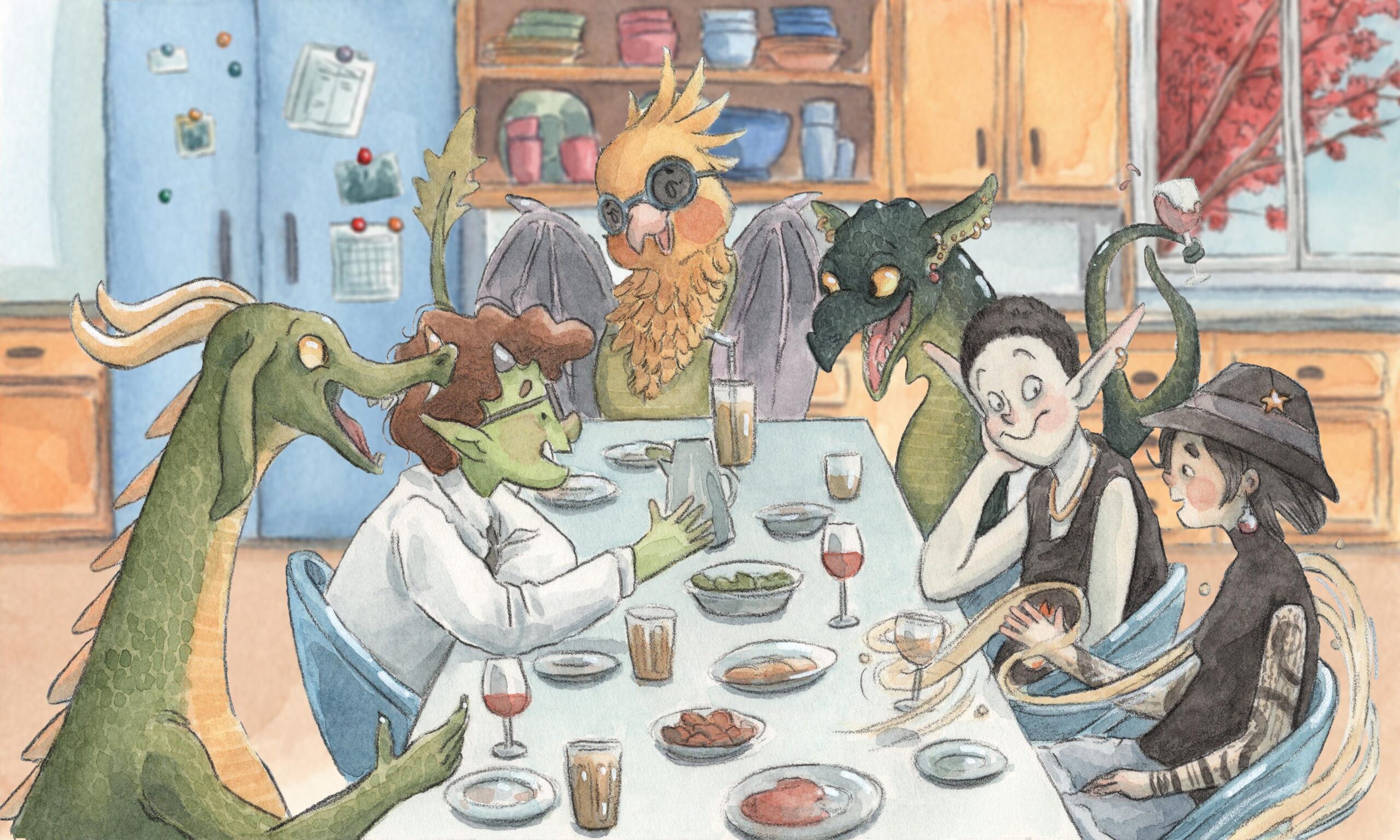
In practice, this creates a gameplay of a chaotic three-minute series of scenes that go unpredictably out of control, nicely emulating the game’s framing as a reality show. A unicorn might be committing blasphemy at any moment while a dark elf gets incredibly drunk and tries to fight them. The only limits on the game involve being sure to “yes, and…” anything that happens and that all things have a consistent internal logic. Beyond that, anything is fair game. At the end of the 12 minutes of gameplay, you tally up the points your show earned, divide by the number of players, and find out if your show is worth the fabled six seasons and a movie.
Some of the additional mechanics add some creative layers to this process. For example, in every scenario past the first, you can “callback” to a previous episode, which earns you additional points for keeping continuity. The most advanced point-scoring cards, the showrunner directions, are often particular and push your scenario into wild directions, like using a teleportation machine or committing some atrocity. Producer cards, the second most valuable, require more than one player to complete and thus require teamwork and help push the action in unpredictable ways. My favorite component was the personal character traits. Having to play a character with possibly wildly divergent traits was fun to do and watch and often helped the chaos bloom. How else will you fulfill that “murdered” trait card?
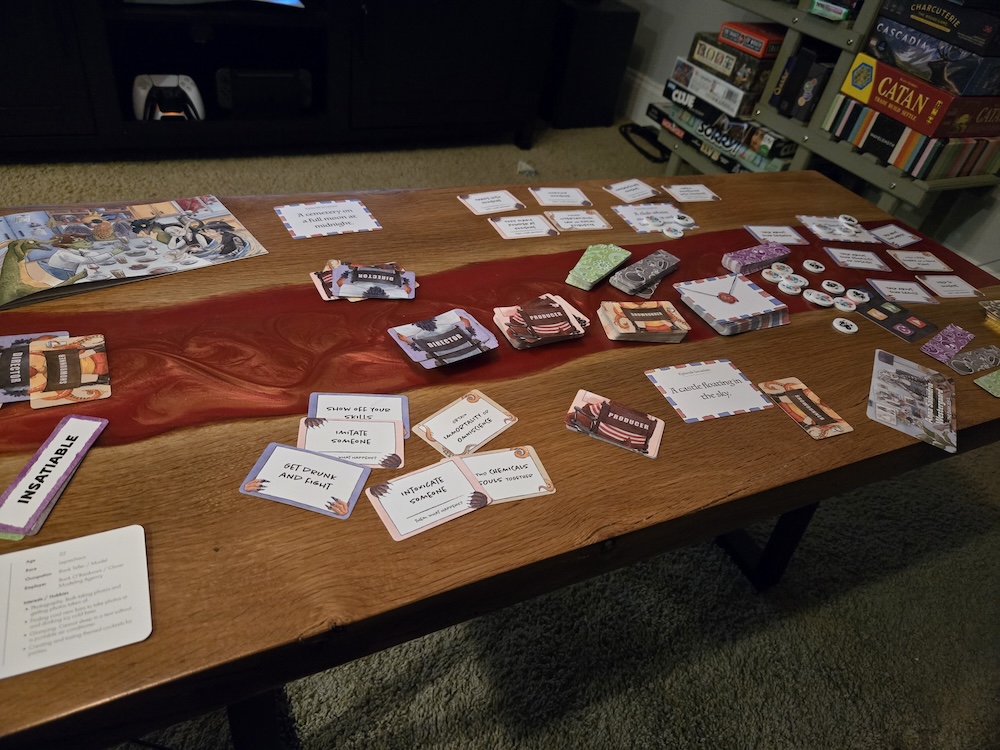
The game is pretty easy to understand, especially after it gets going. It obviously takes significant time between rounds to get set up, take a breath, and start the next. In my plays of the game, I found it much more enjoyable to play with a high number of players. Having many players also increases the gameplay and operational chaos. So, while it is a short game by design, you will likely take significantly more time to play the game in practice. On repeat plays, I found it a bit easier to move faster, but it bears mention. The game’s framework is quite flexible, though, which could help a lot with getting it to the table. In one sitting I played, we added and removed players over the course of the game, and it helped keep things interesting. We even had too many players at one point, and it still functioned well.
Our Thoughts
My plays of this game were across two sittings with various people. I played it with two players, up to over the suggested six. Across plays, my groups genuinely enjoyed the game. The game delivers on its promise of zany humor and amusing roleplay challenges. The game was entertaining, with many players consistently causing madness and foolishness. One of our highest points was the gnome comedian who, in our game, was a very aggressive and hateful creature. My friend played him as a sort of bitter, socially conservative, edgy humorist, and it was a riot. The scenarios also really lifted the experience. One of our players was an enchanted wooden puppet, only for a scene in a magical forest of sentient trees. The group got some wildly uncomfortable play out of this awkward homecoming.
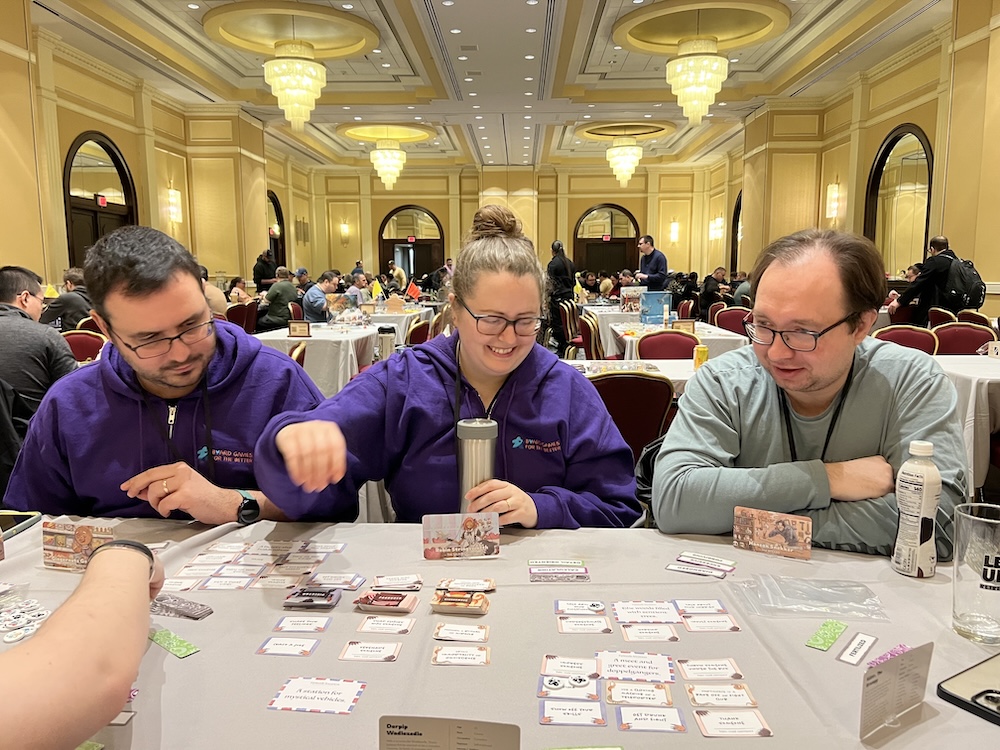
One thing that was universally acclaimed about the game was the characters. Each is drawn in a charming style and written to represent a wide array of thoughtful intersections between fantasy and reality. One character I played was an ogre who lost a hand during his troubled youth. Years on, he tattoos a ring around the wrist of that hand, one for each time he almost relapsed into his old life on the wrong side of the tracks. The characters also represent a wide array of cultural folklore in a way that is pretty rare for how deeply it is treated.
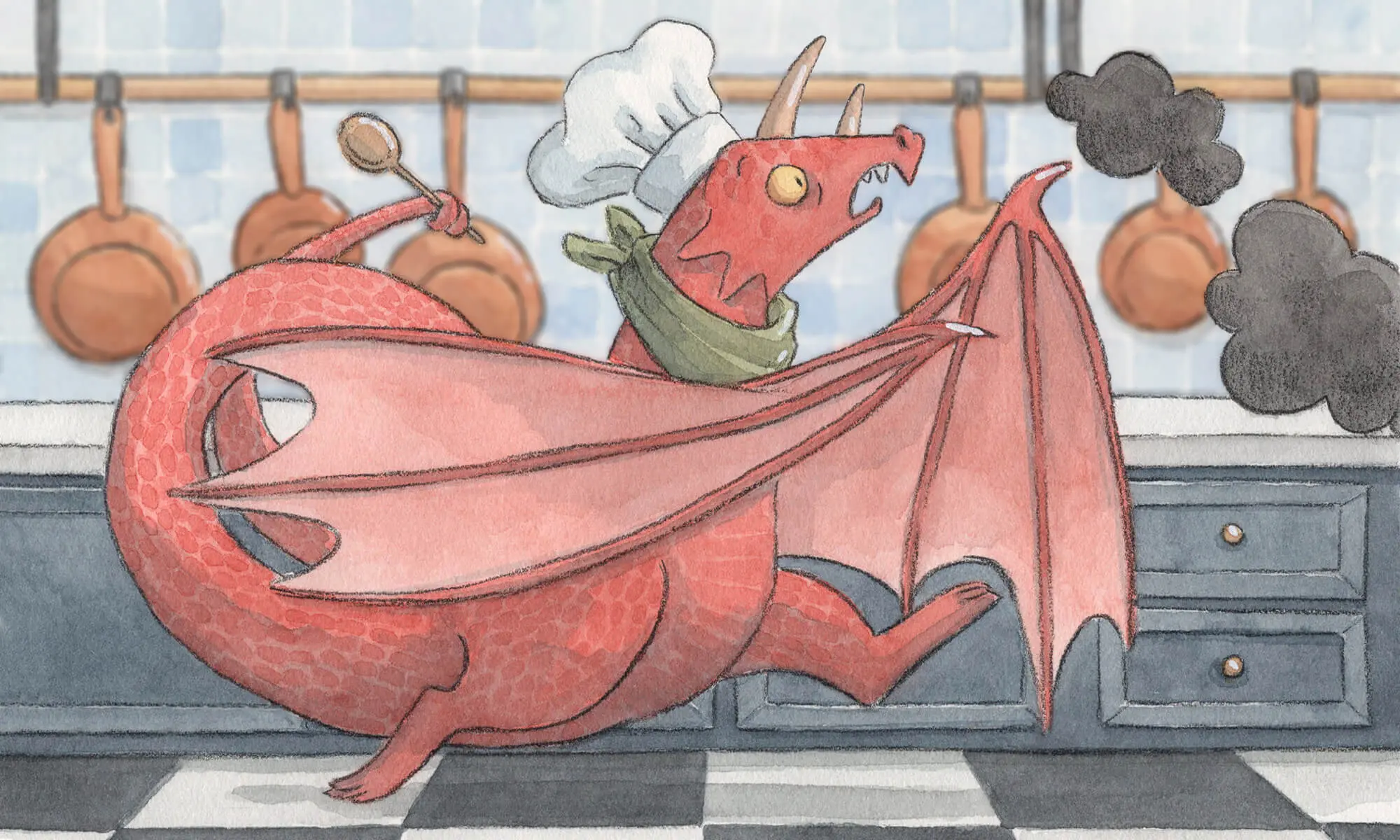
I also appreciated how the structure of the game fed into the gameplay. Despite needing points and scoring, it is acceptable for not every character to participate and be a loud and outgoing presence. We saw this in how some characters would hover on the fringes of a scene only to come in and deliver a stunning infusion of points. We also had quieter players who scored many points by simply role-playing their arcs. I also immensely enjoyed the flexibility inherent in the rules. I could see getting endless variety out of the game just by playing slightly differently. Also, a great feature is that the game includes a player safety tool. It’s helpful for a game based around improv where the hijinks might need to be adjusted for the players.
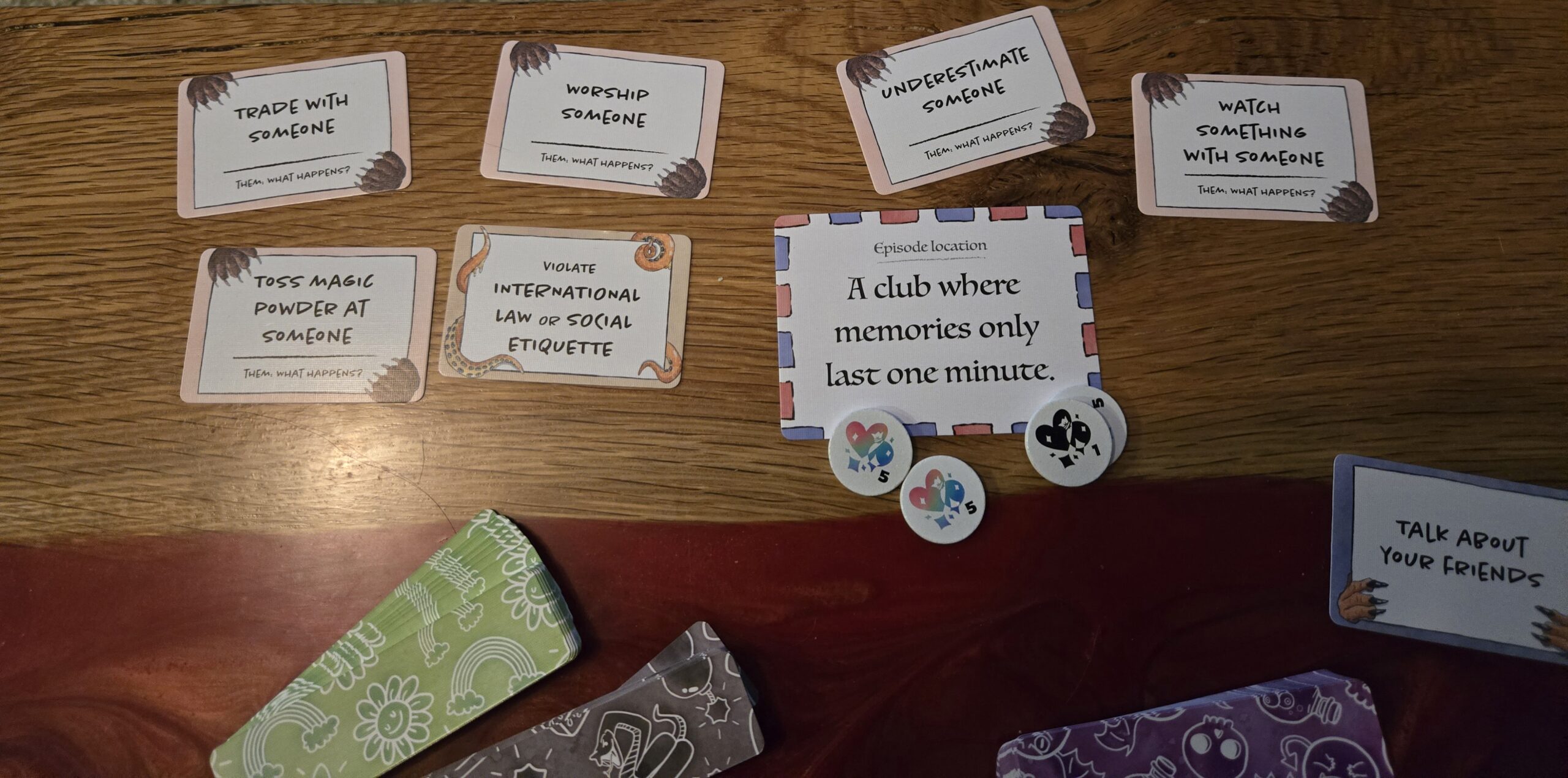
From my gameplay, the main concerns of the game revolve around both promise and execution. While the game is an enjoyable mass of chaotic role-playing, I am not sure it is a great teaching tool for role-playing or the more complicated parts of that hobby. I mainly saw folks struggle with the black trait cards, which were inconsistent. Sometimes, you would get a card dictating your character to be murdered or changed in some specific way, like an introduction. Other cards were more straightforward, such as a character being polyamorous or smitten. Many of these cards aren’t even words, which is cute but unhelpful. As an example, we had a player who got stuck with “pixelated,” which we eventually let get swapped because it was a drag to try to cater to. Watching the traits drag or shut down roleplay meant sometimes things don’t work as intended. The execution of the game can also leave some to be desired. The game does not take just 12 minutes to play. You will spend much more time with the game, which is potentially desirable but a hard sell off a pitch of 12 minutes of fast-paced fun. Indeed, a table that knows the rules and moves fast could approach the game efficiently, but that was not my experience. Another issue is that this game won’t be for everyone. One friend at the table, usually quite engaged and free-flowing, found difficulty with staying engaged and feeling comfortable talking. This sort of improv-heavy game will likely cause some people discomfort. In my second play, we had a player who essentially chose not to play the game at most moments due to discomfort with the format. Know your players here. The game is also a lot less fun with two players. A lot of talking to each other can feel quite awkward for some people. The theme is my final, very minor, issue with the game. I do not enjoy reality television. With the game strongly themed off of the characters going on this “show” for various reasons, I struggled with how it handicapped my creativity. I eventually chose to treat the theme as a show about a “real” place, like The Office or Better Off Ted. This helped me engage more meaningfully. I also might recommend modifying the framing to make it enjoyable for you.
Love, Career, & Magic is a game that, despite being a little rough for some players, is a vehicle for a lot of fun that you might not be prepared for. I watched tables of players make some hilarious and off-color jokes and play off each other in truly remarkable and terrible ways. Everyone I played with had a good time, even if they had some criticisms. I thoroughly enjoyed the gameplay experience and would be interested in delving further into alternative ways to play the game. It might be a bit of a hard sell for some gaming tables, but if you can get buy-in, I think it will be worth it! Try it out and see how you and your table do—a Play in my book.




